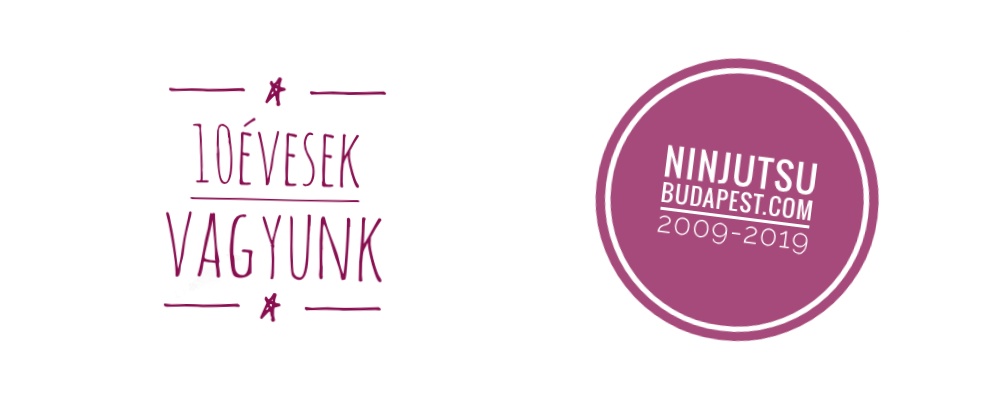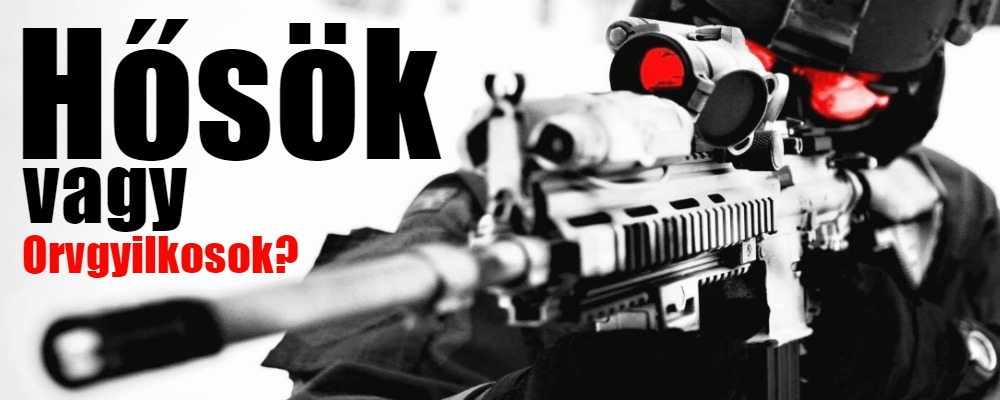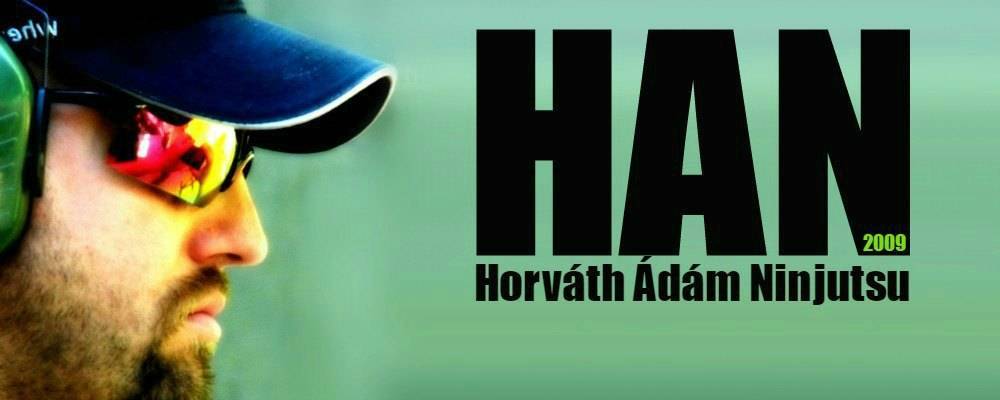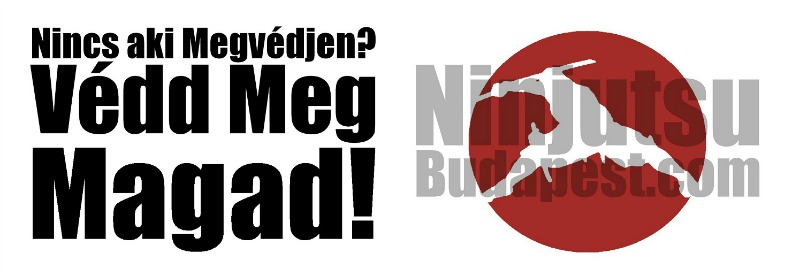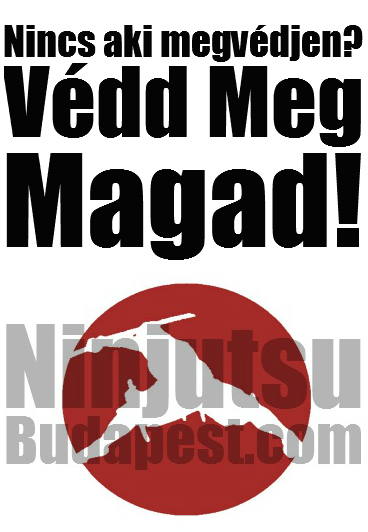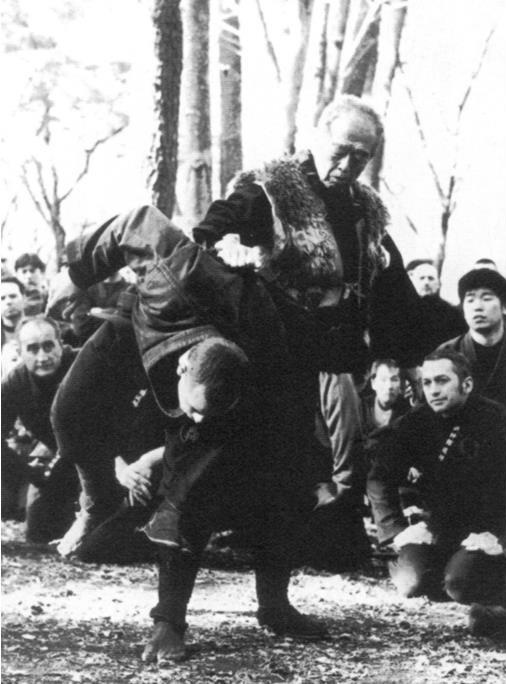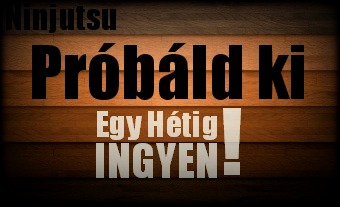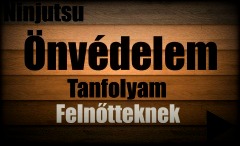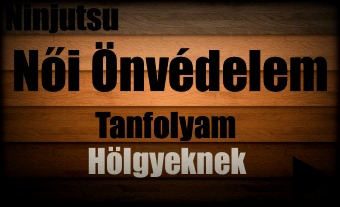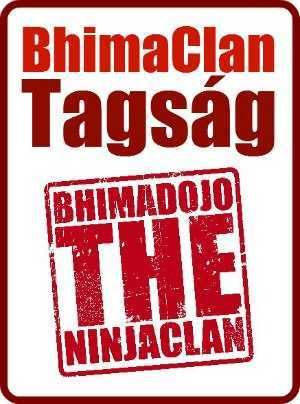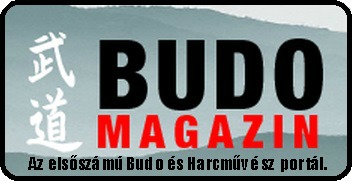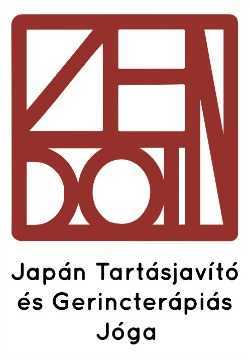„Vannak emberek, akik a kendou(az út)-n, vagy a kenpo(a módszer)-n keresztül próbálják megtalálni a dolgok esszenciáját. De, ha engem kérdezel, van egy határa az „út”-nak vagy a „módszer”-nek. Ha kölcsön vesszük a szavakat, „Kiwamarinaki ga yueni gokui to suru” (mivel nincs határa, úgy hívjuk; gokui), akkor láthatjuk, hogy a gokui létezik a biken-ben, ami nem egy út (kendou), vagy módszer (kenpo).
–
Akárcsak a Zeami szavai közt: „Hisureba hana” (az, ami rejtve van, gyönyörű); a biken-ben ott rejlik a határtalan, rejtett esszencia. Ezért, azok, akik a kyojitsu-ban és a nem-józan észben élnek, birtokolnak egy rejtett érzéket.”
–
– Masaaki Hatsumi, A Budou esszenciája
–
…
„There are people who are attempting to discover the essence of things through kendo (the way) or kenpo (the method). But if you ask me, there is a limit to the “way” or the “method.” if we borrow the words, “Kiwamarinaki ga yueni gokui to suru” (as it has no limits, we call it the gokui), we can see that the gokui exists in biken, which is not a way (kendo) or method (kenpo),
–
as in the words of Zeami: “Hisureba hana” (that which is hidden is beautiful); within biken there exists boundless hidden essence. Therefore, those that live within kyojitsu and uncommon sense possess a hidden sense.”
–
– Masaaki Hatsumi, The Essence of Budo
–

